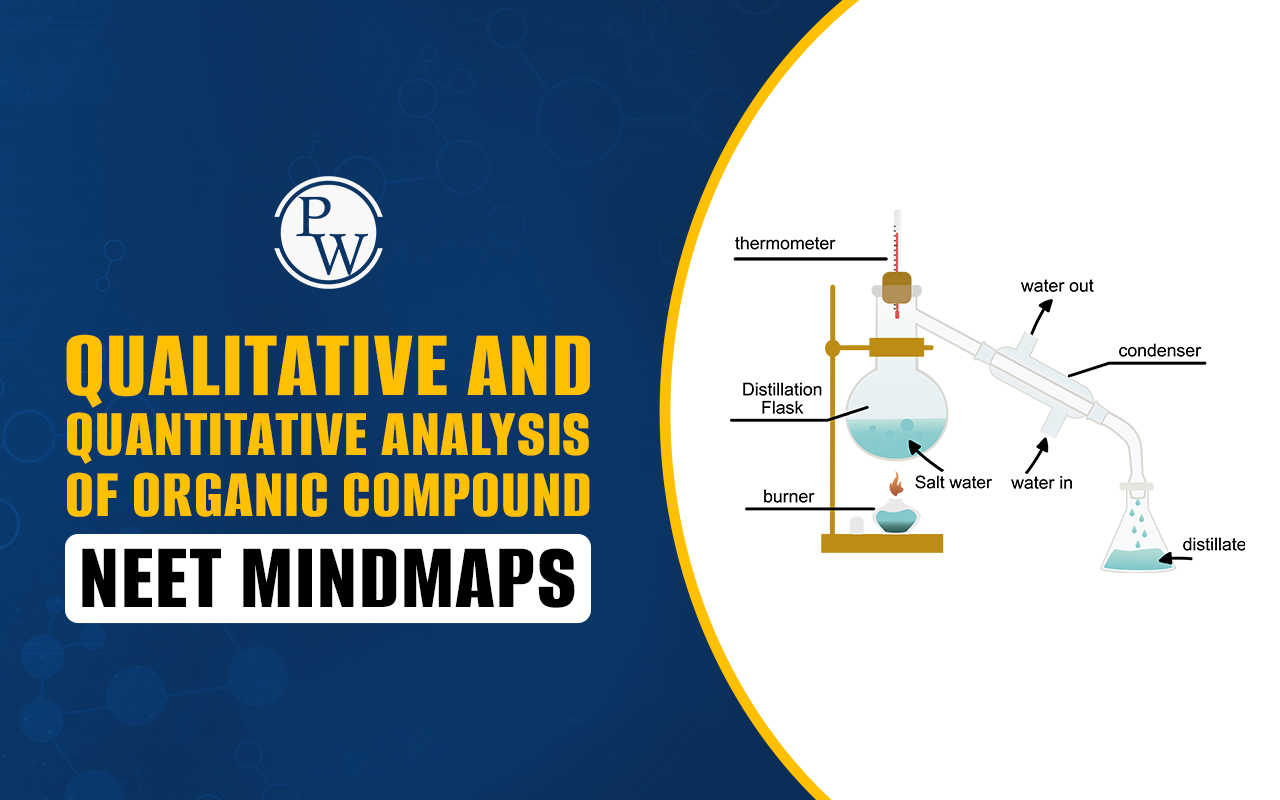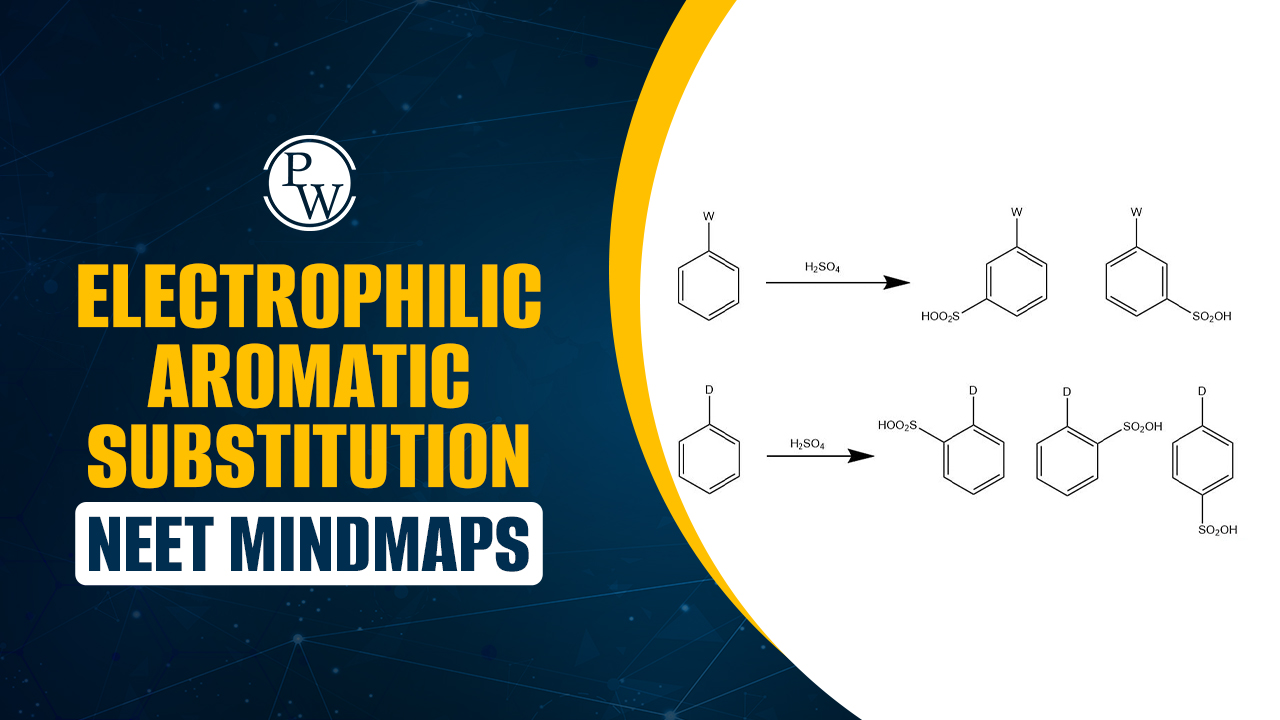

CABG Full Form: The Full Form of CABG in English stands for "Coronary Artery Bypass Graft," In Hindi, it is known as "हृदय की धमनियों में शिरोरक्षा प्रक्रिया," and in Medical terminology, it refers to a surgical procedure used to treat coronary artery diseases. This article will explore the various aspects of CABG, including its types, diagnosis of coronary artery diseases, the procedure involved, and its benefits.
What is the CABG Full Form?
CABG, or Coronary Artery Bypass Graft surgery, is a well-established and effective treatment for coronary artery diseases. It entails developing bypasses to redirect blood flow around obstructed or narrowed coronary arteries, thereby enhancing blood supply to the heart. The procedure can be performed using different techniques, including traditional, minimally invasive, off-pump, and hybrid approaches. Before recommending CABG, a thorough diagnosis of coronary artery diseases is conducted through various tests, including electrocardiograms, stress tests, echocardiograms, coronary angiograms, and cardiac CT scans.CABG Full Form in English
CABG full form in English is "Coronary Artery Bypass Graft" in English. It refers to a surgical procedure used to treat coronary artery diseases by creating bypasses to reroute blood flow around blocked or narrowed coronary arteries, thus improving blood supply to the heart.
CABG Full Form in Hindi
CABG का हिंदी में पूर्ण रूप है (CABG full form in hindi) "हृदय की धमनियों में शिरोरक्षा प्रक्रिया।" यह एक शल्य चिकित्सा प्रक्रिया है जिसका उपयोग हृदय की धमनियों की बीमारियों के इलाज में किया जाता है। इसमें बैंगनी ब्लड वेसल का उपयोग करके निर्माण किए जाते हैं, जो बंद या संकुचित हो गई हृदय की धमनियों के चारों ओर खून का पुनर्निर्देशन करते हैं, जिससे हृदय को खून की आपूर्ति सुधारती है।
CABG Full Form in Medical
In medical terminology, CABG full form is "Coronary Artery Bypass Graft." It is a common surgical procedure used to treat coronary artery diseases by creating bypasses to redirect blood flow around blocked or narrowed coronary arteries, thereby improving blood supply to the heart.
October Month’s Medical Days
| World Heart Day | Breast Cancer Awareness Month |
| World Mental Health Day | World Arthritis Day |
| Global Handwashing Day | World Food Day |
Types of CABG
Coronary Artery Bypass Grafting (CABG) offers several effective treatment options for individuals with coronary heart disease. Whether it's traditional on-pump CABG, minimally invasive procedures, robotic-assisted techniques, or hybrid approaches, each option caters to specific patient needs. By understanding the various types of CABG and making the necessary lifestyle changes, individuals can lead healthier lives and improve their heart health significantly. Here is the list of the main Types of CABG:
- Traditional CABG: This is the most common type of CABG, where a surgeon makes a long incision in the chest to access the heart. During the surgery, the heart is temporarily halted, and its functions are taken over by a heart-lung bypass machine, which also assumes the responsibilities of the lungs. The surgeon then uses a healthy blood vessel from another part of the body, often the leg or chest, to create a bypass around the blocked or narrowed coronary artery. This restores blood flow to the heart muscle.
- Minimally Invasive CABG: In this approach, small incisions are made between the ribs, and specialized instruments are used for bypass surgery. This technique results in smaller scars, reduces the risk of infection, and typically allows for a quicker recovery than traditional CABG.
- Off-Pump CABG: Unlike the traditional CABG, this technique does not involve a heart-lung bypass machine. The surgeon performs the bypass surgery while the heart is still beating. It is suitable for certain patients who may not tolerate the use of the bypass machine.
- Hybrid CABG: This involves surgical and interventional procedures. The surgeon may perform CABG on one or two coronary arteries, and the other blocked arteries are treated with angioplasty and stenting by an interventional cardiologist.
Diagnosis of Coronary Artery Diseases
Before recommending CABG, a thorough diagnosis of coronary artery diseases is essential. Some common diagnostic procedures include:
- Electrocardiogram (ECG/EKG): This records the heart's electrical activity and can help identify irregular heart rhythms and signs of a heart attack.
- Stress Test: This assesses how the heart performs during physical activity, helping detect any abnormalities in blood flow to the heart.
- Echocardiogram: This uses ultrasound waves to create images of the heart's structure and function, identifying heart valve problems and evaluating overall heart health.
- Coronary Angiogram: This is a minimally invasive procedure where a contrast dye is injected into the coronary arteries. X-rays are taken to identify blockages or narrowed areas in the arteries.
- Cardiac CT Scan: This provides detailed images of the heart and blood vessels, allowing for a comprehensive evaluation of coronary artery diseases.
Treatment for Coronary Artery Bypass Graft
CABG may be recommended when conservative treatments like lifestyle changes, medication, and angioplasty are insufficient in managing coronary artery diseases. The procedure involves the following steps:
- Anesthesia: The patient is administered general anesthesia to ensure they remain unconscious and pain-free during the surgery.
- Harvesting Grafts: The surgeon selects a suitable graft vessel (usually a vein from the leg or an artery from the chest) to create the bypass. If multiple bypasses are required, additional graft vessels may be harvested.
- Opening the Chest: In traditional CABG, a sternotomy is performed, where the surgeon makes a vertical incision in the chest to access the heart. In minimally invasive CABG, smaller incisions are made between the ribs.
- Cardiopulmonary Bypass (if applicable): In traditional CABG, the heart-lung bypass machine is connected, which temporarily takes over the functions of the heart and lungs. At the same time, the surgeon operates on the heart.
- Graft Placement: The selected graft vessel is attached above and below the blocked or narrowed coronary artery, creating a bypass allowing blood flow around the blockage.
- Completing the Procedure: Once all necessary bypasses are created, the surgeon restores the heart's normal rhythm if it is stopped for the surgery. Then, the chest is closed using sutures or staples.
- Recovery: The patient undergoes monitoring for complications in the recovery room after CABG (Coronary Artery Bypass Grafting). The hospital stay typically lasts between 3 to 7 days, contingent upon the patient's health status and the specific type of surgery conducted.
Benefits of CABG
CABG is a widely accepted and effective procedure for treating coronary artery disease. Some key benefits include:
- Restoration of Blood Flow: By creating bypasses, CABG improves blood flow to the heart muscle, reducing symptoms like chest pain (angina) and shortness of breath.
- Improved Quality of Life: Patients often experience a significant improvement in their quality of life after CABG. They can engage in physical activities they could not do before the surgery.
- Reduced Risk of Heart Attack: CABG lowers the risk of a heart attack by rerouting blood flow around the blockages in the coronary arteries.
- Long-Term Results: CABG can provide long-lasting results, with many patients experiencing relief from symptoms for several years.
- Potential for Complete Revascularization: CABG allows for multiple bypasses, ensuring that all the affected coronary arteries can be addressed during a single procedure.
- Lower Need for Repeat Procedures: Compared to some other treatments, CABG is less likely to require repeat procedures in the future.
- Management of Complex Cases: CABG is especially beneficial for patients with severe coronary artery diseases or multiple blockages.
CABG Full Form Conclusion
In conclusion, CABG remains a crucial surgical procedure in the management of coronary artery diseases, contributing significantly to the well-being of countless patients worldwide. CABG has numerous benefits, including restoring blood flow, improving quality of life, reducing the risk of heart attacks, and providing long-term results. Patients who undergo CABG often experience relief from symptoms and an improved ability to engage in physical activities they couldn't perform before the surgery. Moreover, CABG is suitable for managing complex cases with severe coronary artery diseases or multiple blockages.
Check NEET Exam Important Links
| NEET Exam Important Links | |
| NEET Syllabus | NEET Sample Paper |
| NEET Notes | NEET Previous Year Question papers |
CABG Full Form FAQs
What does CABG stand for?
Why is coronary bypass surgery done?
What conditions are treated by this surgery?
Who needs to have this procedure?
How common is CABG surgery?
What are the advantages of CABG?
What are the risks or complications of CABG?
How long is the hospital stay after CABG?












